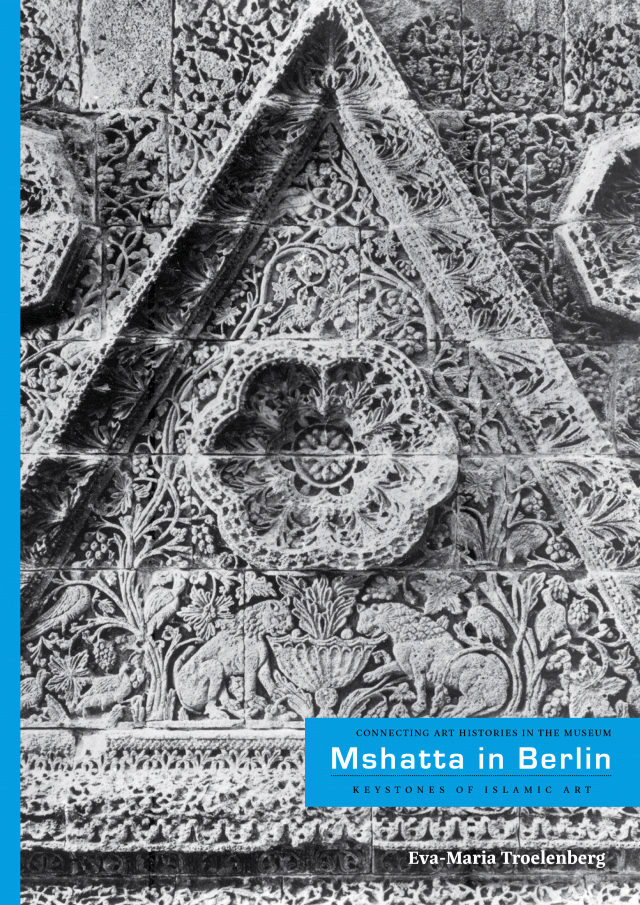
Mshatta in Berlin. Keystones of Islamic Art
Eva-Maria Troelenberg
The ornamented façade of the Umayyad "desert palace" Mshatta is an icon of Islamic art and key to an understanding of its historical emergence and art historical definition. The façade was once part of a "desert palace" that was built around the mid-8th century AD in the area of present-day Jordan. In the early twentieth century it came to Berlin as a gift of the Ottoman sultan. Today it has its place in the Museum für Islamische Kunst in Berlin and is one of the major monumental exhibits on the Museum Island. The present volume traces the history of Mshatta from the time of its discovery by Western travelers around 1840 to its musealisation in Berlin to its destruction during the war and subsequent reconstruction: beginning with the archaeological significance of Mshatta, this book examines its reception and impact history as an object of modern historiography and museology. A central aspect considered throughout is the intercultural interrelationship between the object’s origin and its European reception history. Hence, the history of Mshatta in Berlin is also a case study for art historical and/or museal concepts and constructs that inform the perception of non-European art and culture.
Connecting Art Histories in the Museum, 1
Verlag Kettler, Dortmund 2017
Format 17 x 24 cm
ISBN 978-3-86206-397-0


